German Red Cross Enlisted Ranks Hewer (Marked)
SKU: 70.GOR.04.02.001
Estimated market value:
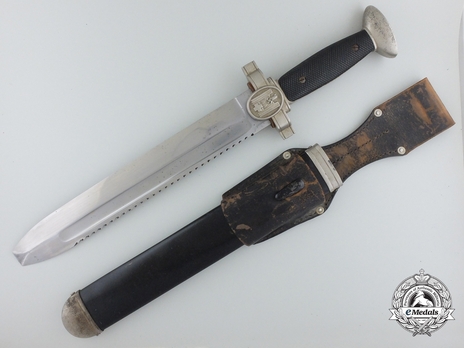
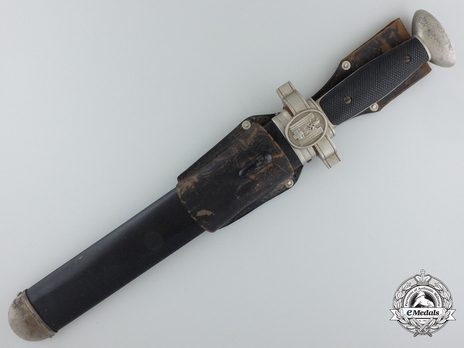
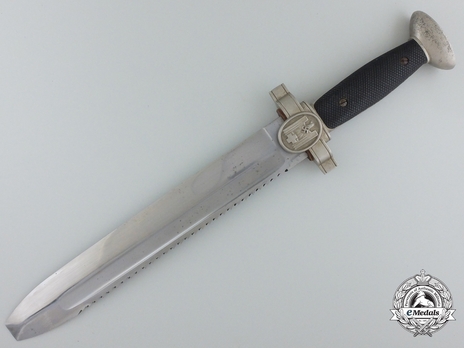
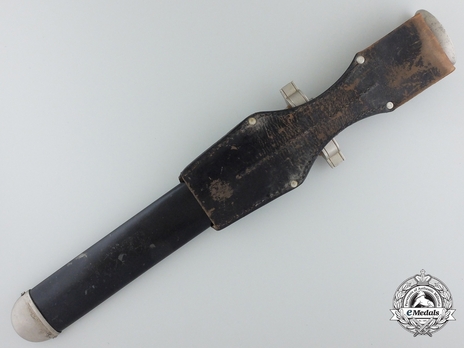
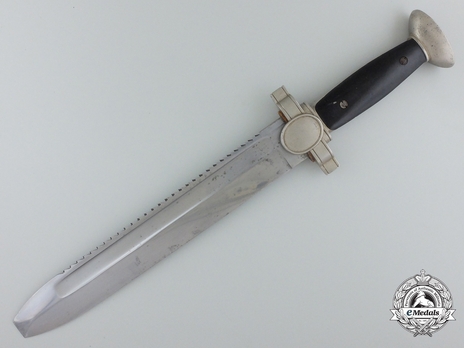
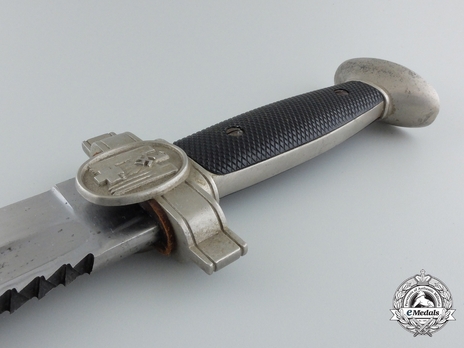
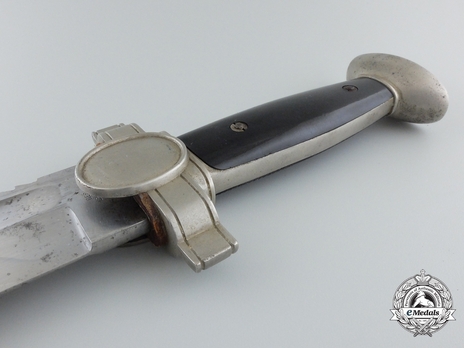
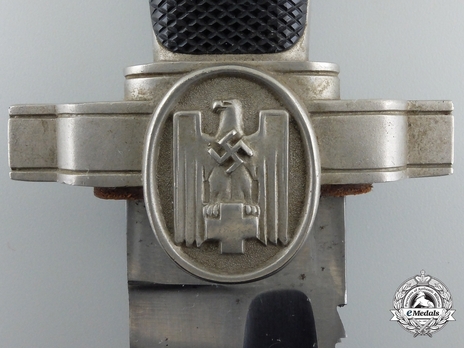
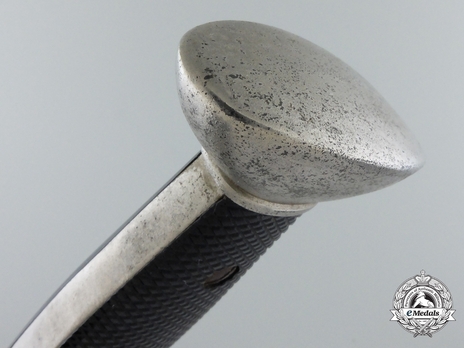
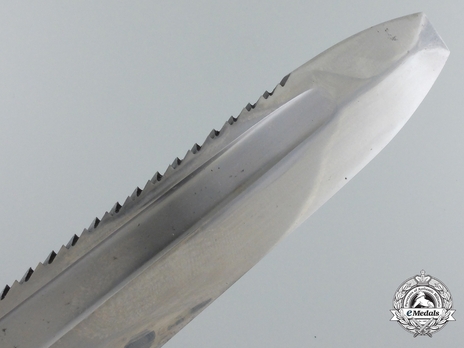
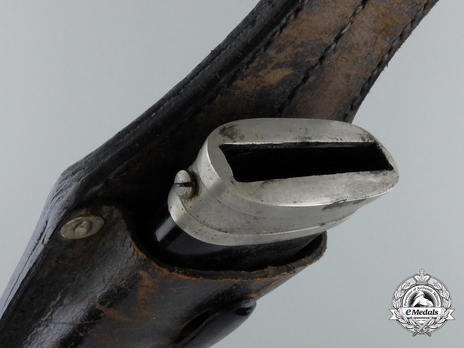
Estimated market value:
Attributes
History
Following the First World War, the German Red Cross (Deutsches Rotes Kreuz, DRK) was threatened in its existence by the Treaty of Versailles, since the organisation was mainly focused on preparing its members for war and military-related medical service. This resulted in the DRK switching focus to social welfare activities during the time of the Weimar Republic.
The stipulations enforced by the Treaty of Versailles were declared null and void following the NSDAP’s consolidation of power in 1933. The new Reich Minister of the Interior, Wilhelm Frick, an NSDAP member, ensured that the DRK would be ready to support all of the Third Reich’s future military affairs and political ideologies. In 1938, the DRK was merged with the Ministry of the Interior’s Social Welfare Organisation, officially becoming an organisation under NSDAP oversight. The DRK also had ties to the SS, mainly due to high-ranking medical professionals serving in both organisations simultaneously.
The Red Cross Enlisted Ranks Hewer was introduced in 1938 and was permitted for use by low-ranking DRK personnel, ranging from Anwärter to Haupthelfer. Since the DRK had to uphold the Geneva Convention, its members were not allowed to carry pointed edged weapons. Thus the hewer has a blunted tip so that it could be worn in the field as part of the service uniform for DRK personnel. In the field, this hewer was likely used to cutting trees, removing casts, and perhaps even cutting through bones.
The handle of the hewer is made up of the pommel, the grip, and the crossguard. The metal fittings are generally composed of an alloy with a dull nickel plating. The pommel has a large, plain, oblong shape. The grip is composed of hard black plastic, with the obverse plate having a checkered design, and the reverse plating being smooth. The two grip plates are held together by two screws. The crossguard arms are rectangular-shaped with rounded ends and additional extensions to the arms. The obverse and reverse of the crossguard each have an oval plate. The obverse plate features the 1938 2nd pattern DRK eagle and the reverse tends to be blank, but in rare instances may be stamped with the wearer’s unit number or even the unit control number.
The blade is composed of nickel-plated steel, and it has a single edge with a blunted tip, a large fuller, and a saw-tooth edge. The German patent mark “Ges. Gesch” or “Ges. Geschützt” is rarely stamped onto the blade. While manufacturer marks are very rare on these daggers, when present they are stamped on the blade’s tang.
The scabbard is composed of steel and covered in black enamel paint. The scabbard fittings are often nickel-plated and located on the bottom (locket) and top of the scabbard. The front of the scabbard also features a stud that facilitates attachment to the leather frog.
The leather frog was composed of black leather, and it was attached to the black service belt.
No portapee was worn with this weapon.


Comments
Sign in to comment and reply.


Scroll Top